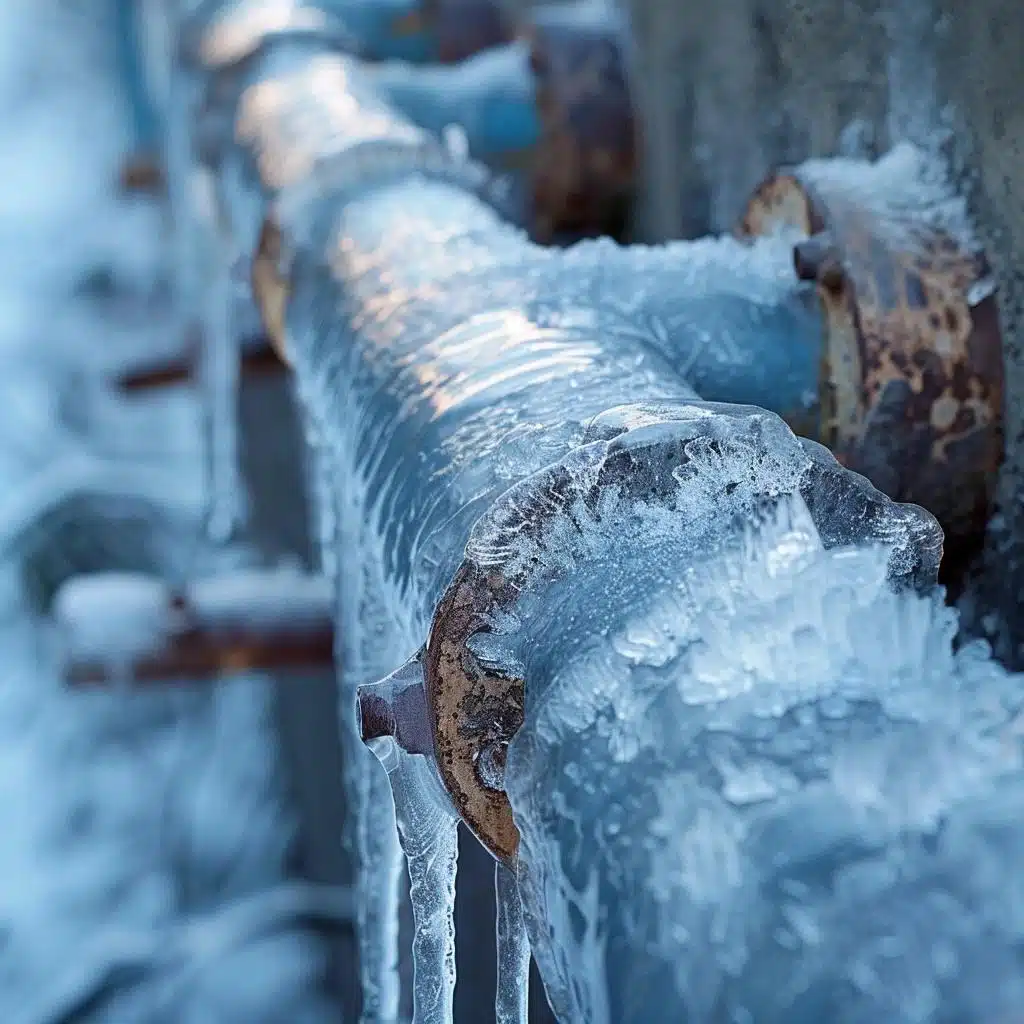Tips to Avoid Frozen Pipes in Cold Weather: Expert Advice
Tips to Avoid Frozen Pipes in Cold Weather: Expert Advice
Blog Article
Here in the next paragraphs you will find a bunch of very good ideas about Preventing and dealing with frozen pipes.

Cold weather can wreak havoc on your plumbing, especially by freezing pipes. Right here's how to prevent it from occurring and what to do if it does.
Intro
As temperature levels decrease, the threat of frozen pipes rises, potentially causing costly repair work and water damages. Comprehending how to avoid frozen pipes is crucial for property owners in chilly environments.
Understanding Frozen Pipelines
What triggers pipes to ice up?
Pipes ice up when subjected to temperature levels listed below 32 ° F (0 ° C) for extended durations. As water inside the pipelines freezes, it increases, putting pressure on the pipeline wall surfaces and potentially triggering them to burst.
Dangers and problems
Icy pipes can cause water supply interruptions, residential or commercial property damages, and pricey repairs. Burst pipes can flood homes and cause substantial architectural damages.
Indicators of Frozen Piping
Identifying icy pipes early can prevent them from breaking.
How to determine icy pipes
Search for lowered water flow from taps, uncommon smells or sounds from pipelines, and noticeable frost on subjected pipelines.
Prevention Tips
Shielding at risk pipes
Cover pipelines in insulation sleeves or make use of warmth tape to secure them from freezing temperature levels. Concentrate on pipelines in unheated or outside locations of the home.
Heating strategies
Keep indoor areas properly heated up, particularly locations with plumbing. Open up cupboard doors to permit cozy air to circulate around pipelines under sinks.
Protecting Outdoor Pipes
Garden hoses and exterior faucets
Separate and drain pipes yard tubes before winter. Mount frost-proof spigots or cover exterior faucets with insulated caps.
What to Do If Your Pipes Freeze
Immediate activities to take
If you believe icy pipelines, keep faucets available to alleviate pressure as the ice thaws. Use a hairdryer or towels soaked in hot water to thaw pipelines gradually.
Long-Term Solutions
Architectural adjustments
Take into consideration rerouting pipelines away from outside wall surfaces or unheated areas. Include extra insulation to attic rooms, cellars, and crawl spaces.
Updating insulation
Purchase high-grade insulation for pipes, attics, and wall surfaces. Appropriate insulation helps maintain regular temperature levels and lowers the risk of frozen pipes.
Final thought
Stopping frozen pipes requires proactive steps and quick reactions. By comprehending the causes, indicators, and safety nets, home owners can shield their pipes during cold weather.
5 Ways to Prevent Frozen Pipes
Drain Outdoor Faucets and Disconnect Hoses
First, close the shut-off valve that controls the flow of water in the pipe to your outdoor faucet. Then, head outside to disconnect and drain your hose and open the outdoor faucet to allow the water to completely drain out of the line. Turn off the faucet when done. Finally, head back to the shut-off valve and drain the remaining water inside the pipe into a bucket or container. Additionally, if you have a home irrigation system, you should consider hiring an expert to clear the system of water each year.
Insulate Pipes
One of the best and most cost-effective methods for preventing frozen water pipes is to wrap your pipes with insulation. This is especially important for areas in your home that aren’t exposed to heat, such as an attic. We suggest using foam sleeves, which can typically be found at your local hardware store.
Keep Heat Running at 65
Your pipes are located inside your walls, and the temperature there is much colder than the rest of the house. To prevent your pipes from freezing, The Insurance Information Institute suggests that you keep your home heated to at least 65 degrees, even when traveling. You may want to invest in smart devices that can keep an eye on the temperature in your home while you’re away.
Leave Water Dripping
Moving water — even a small trickle — can prevent ice from forming inside your pipes. When freezing temps are imminent, start a drip of water from all faucets that serve exposed pipes. Leaving a few faucets running will also help relieve pressure inside the pipes and help prevent a rupture if the water inside freezes.
Open Cupboard Doors
Warm your kitchen and bathroom pipes by opening cupboards and vanities. You should also leave your interior doors ajar to help warm air circulate evenly throughout your home.

I found that post about Winter Plumbing Precautions: Preventing Frozen Pipes while perusing the web. Do you know about anybody else who is fascinated about the subject? Why not share it. I treasure reading our article about Winter Plumbing Precautions: Preventing Frozen Pipes.
Give Me A Quote! Report this page